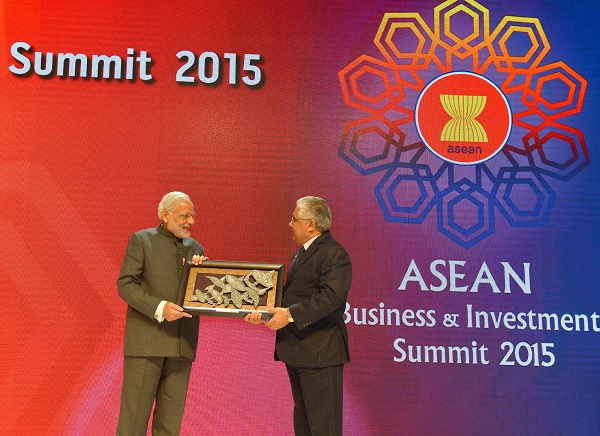
A renewable energy investment opportunity not to be missed
The “Policy for Repowering of the Wind Power Projects” announced by the Ministry of New and Renewable Energy in August 2016 was a step in the right direction. Now is the time for global investors to pay more attention to wind-turbine repowering investment opportunities in India to take a grip on a growing renewable energy market.
This is even more important given that, according to a recent IMF report, India’s GDP growth is projected to rise to 7.4 per cent in 2018-2019 and 7.8 per cent in 2019-2020, which will place a significant demand on energy pitched against rising oil prices and depleting reserves. Policymakers, in turn, need to look at ways and means to build on the existing policy framework that will boost wind energy investments through repowering of wind-turbines in India.
Wind-turbine technology has witnessed a significant improvement over the last two decades. In India, most of the wind-turbines installed prior to 2000 have a capacity that is below 500kW. The “Policy for Repowering of the Wind Power Projects” allows turbines of 1 MW or below to be eligible for repowering under the policy.
These repowering projects are not only eligible for an additional interest rate rebate of 25 basis points on loans from the Indian Renewable Energy Development Agency (IREDA) but are also eligible for all fiscal and financial benefits available for new wind projects. Investors looking at the Indian renewable energy sector must seize this opportunity. Further government incentives can provide a significant boost to the wind-turbine repowering sector.
Identifying high-quality assets suitable for repowering will be the key to a successful investing strategy. It will be important to analyse at a site level whether repowering of the wind-turbine has any economic benefit. Does the site have the wind potential to justify larger and more efficient turbines? This analysis will provide investors with access to sites that do have significant potential, since we believe that the initial wind developments would have generally happened at the better sites.
This ability to identify high quality wind assets will be crucial. In further analysis, the investor will have to identify whether repowering would have financial benefits over and above simply paying the operations and maintenance costs associated with the current turbines. Additionally, the investor will have to analyse whether the requisite transmission mechanism exists for the end user to be able to consume the extra energy.
For wind sites that meet the foregoing criteria it is possible for investors to identify and access financially viable wind-turbine repowering projects. In addition to wind projects that are fully financially feasible, government incentives available and potential positive regulations in the future can make additional projects viable. Global investors keen on entering the Indian renewable energy sector must engage with local players to identify where valuable wind energy assets are.
Repowering wind-turbines is the equivalent of generating new wind assets. Financially viable projects using the framework above have potential for significant value generation. In addition, repowering of wind-turbines also provides investors the opportunity to create investment platform structures to aggregate wind energy assets. The investors can look to not only enter repowering agreements but also to own these assets. All the above reasons make repowering of wind-turbines an investment opportunity that warrants greater attention from the global investor community.
The “Policy for Repowering of the Wind Power Projects” was a right move, but the time has come for Indian policymakers to up the ante in the wind energy sector. First and foremost, for repowering of wind-turbines to generate additional energy from an operational point of view, the transmission mechanism to transfer the energy to the end-user must exist. Transmission line investments and policies must move hand in hand with repowering of wind-turbine policies.
For India to emerge as the hub of wind energy investments globally, it is important for more investor-friendly tax policies in the wind energy sector, especially around wind-turbine repowering. The government should allow for high percentage of accelerated depreciation for wind-turbine repowering projects. Such a tax incentive will help boost the renewable energy ecosystem by encouraging investments.
In summary, India needs to not just reach its renewable energy target, but also ensure that its renewable energy resources are utilised to the maximum extent. Making investments economically feasible with effective policies and tax incentives will have social benefits above and beyond the economic benefits.
(Taponeel Mukherjee heads Development Tracks, an infrastructure advisory firm. He can be contacted at taponeel.mukherjee@development-tracks.com or @taponeel on Twitter)
—IANS

